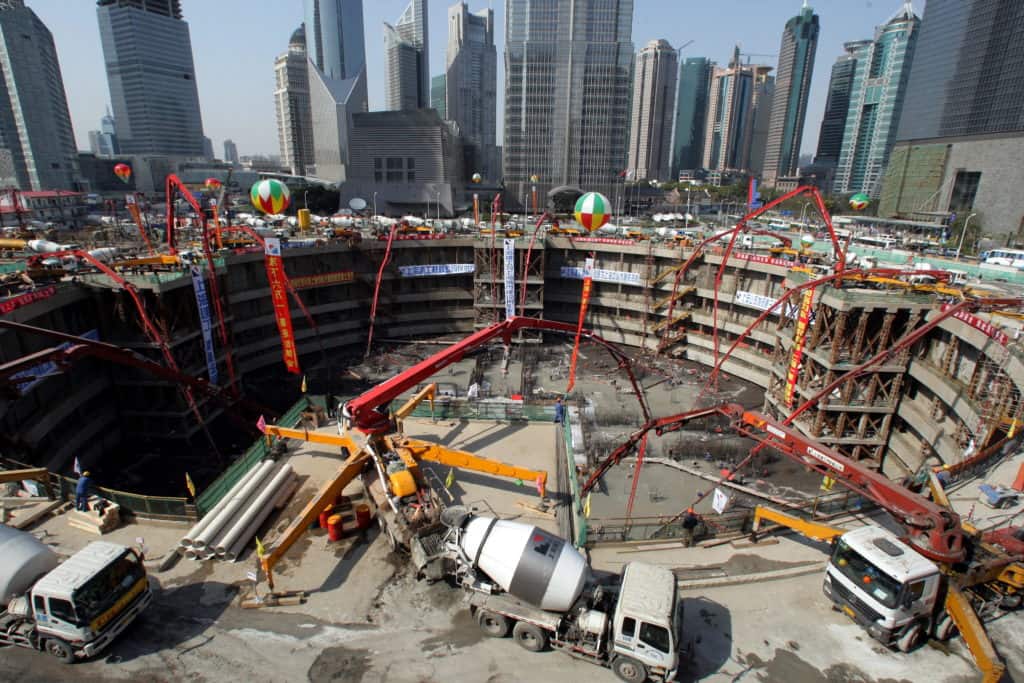There was an interesting picture recently posted on LinkedIn showing New York City’s tall, shimmering skyscrapers, juxtaposed against the city’s shaky foundations. They suggested that the image was a metaphor. We agree. What we saw was a metaphor for retailers choosing to spend a lot of money on visible, shiny, new objects while underinvesting in the foundational elements of their business.
Because here’s the honest truth: you could have the most beautiful retail store or website in the world with all of the latest and greatest omnichannel capabilities, but if your systems aren’t functioning, your employees aren’t adequately trained, and your inventory isn’t accurate, you’re going to disappoint your customers.
Distinguishing Shiny New Objects from Foundational Elements in Retail
In the world of retail, shiny objects are the things you want for your retail experience, while foundational elements are the things you need.
Retailers are bombarded with a constant influx of shiny new experiences to offer shoppers—Everything from curbside pickup to augmented reality. Many of these experiences are incredibly valuable and retailers are challenged to figure out which ones to invest in.
Foundational elements—things like security and quality assurance—aren’t particularly sexy. They aren’t viewed as crowning achievements for the retail executives who implement them. And because they’re often tied to systems or processes that occur behind the scenes, it’s easy for retailers to take them for granted.
That’s because nobody (aside from the people responsible, of course) notices or even thinks about the invisible infrastructure of a retail environment . . . until it breaks.
Customers assume that foundational elements like inventory management and security precautions will work. . . until they don’t. And then there can be hell to pay.
All of this is not to say that the visible, shiny initiatives don’t have value. The problem is when they become a distraction from the core infrastructure that’s necessary to help those initiatives succeed.
Being Prepared in Retail Foundations
In Sophelle’s experience working with emerging retail companies and industry leaders, we sometimes see retailers underprepared in a few key areas.
Security
Hackers have infiltrated the IT systems of more companies than you could possibly imagine. And they’re charging retailers millions of dollars in ransom to unlock their servers or regain access to their information. As the stakes get increasingly higher and the price of protecting against cyberattacks skyrockets, retailers and retail consultants must be prepared to make significant investments in cybersecurity and cyber insurance.
Too many retailers are underinvesting in security—and it’s not entirely their fault. The pace of technological change makes it incredibly costly to keep up with the level of investment that companies should be making to adequately protect themselves.
Quality assurance
Some retailers have been notoriously lax about quality assurance. When timelines get condensed or budgets get cut, testing is too often the first thing to get squeezed. When retailers forgo quality assurance for a fast release, the tradeoff is almost always lower quality. And even on backend systems, the repercussions can have a customer-facing impact.
It’s true that modern consumers are more forgiving these days than they were 15-20 years ago: again, the rapid pace of technology means that they’re more accustomed to systems changing or not functioning the way they expect. But savvy retailers need to balance the typical frustrations that users are willing to endure with deal breakers that can permanently damage customer perception and brand value.
If you’re going to offer a convenience like curbside pickup, the success of your initiative will largely depend on the foundations that underpin it. The single biggest complaint about curbside pickup and BOPIS services is inaccurate inventory visibility. Smart retailers invest in ensuring inventory accuracy in their systems, processes, and people.
People
Retailers vary significantly in how they invest in their people—from cashiers to those further up the org chart. Customers often have touchpoints with many people in your organization. And if retailers want to be consumer-centric, there’s a good case for investing in the best people to provide maximum value at those connection points. Improving the employee experience has been shown to have a direct impact on your customers—and your bottom line.
Unfortunately, some retailers underinvest in their employees, and in the systems to adequately support them. Most retailers can’t afford to match other industries on expenses like salaries, training, benefits, and ongoing education, but under-investing is a significant missed opportunity.
Security, quality, and people may not be the most glamorous investments a retailer can make. But at the end of the day, customers DO value the safety and reliability that those investments provide. Choosing to shore up these key elements gives your retail brand a strong foundation that builds trust with your customer base—and no splashy new initiative is better than that.
Ready to talk about the foundations of your retail business? Our retail strategy professionals are here for you. Contact us today.




